For those about to pitch your film idea to a group, we salute you. This three-part series is designed to help you decide on a style for your presentation and approach to the decision makers in your organization. We encourage you to pick the style that best suits you, the idea in question, and the decision-makers in your organization. And when you’ve been given the green light, let us know- we’re ready to start production and help however we can!
We’d all love to believe that the weight of our ideas alone will get them approved by the powers that be, but behavioral science has proven that this is often not the case. Organizational behavior scientist Kimberly Elsbach has done extensive research on how creative ideas are proposed and received, and she has identified three successful archetypes for the successful “pitchmaster.” Today, we’re focusing on the creative as showrunner.
As she puts it:
Showrunners tend to display charisma and wit in pitching, say, new design concepts to marketing, but they also demonstrate enough technical know-how to convince catchers that the ideas can be developed according to industry-standard practices and within resource constraints. Though they may not have the most or the best ideas, showrunners are those rare people in organizations who see the majority of their concepts fully implemented.
Showrunners can often be viewed as the most trustworthy of idea pitchers, because their style naturally employs a facade of competency, polish, and completeness that those investing time and money in an idea like to see. Further, they can be adept at engaging the recipient of the pitch in the content being presented. To take on the most endearing and attractive traits of the showrunner, consider these tips.
Level the playing field. Showrunner status can be alienating if you assume that those in the decision making role have the same knowledge as you do. Assumptions like this can lead to “catchers” (Elsbach’s term for decision makers) feeling lost, or foundational ideas going “above their heads.” Avoid this by starting your pitch with conversation to level the playing field. Gauge the catcher’s level of familiarity with what you’re about to share, ensuring that all in the room are on the same page before you begin. For example, if your video is designed to highlight a unique demographic that uses your product or service, share statistics or stories about this group before you start your pitch. Sharing new information like this upfront establishes your credibility with the topic and the creative idea you’re about to share.
Improvise as necessary. Showrunners are often attractive for their natural but practiced delivery, but this can be troublesome in the event that a pitch doesn’t go precisely as planned. Create options for your pitch, so that you are not left with nothing to say if an idea is shot down or received poorly. To continue with the example above: if the powers that be don’t want to highlight this segment of your user population, is there a way to implement this idea differently? And will you have the ability to articulate such an alternative with a moment’s notice? Increase the likelihood of positive answers to these questions by engaging your “catcher” in further inquiry, committed to creating a mutually beneficial solution with their input. With a level playing field established above, this will seem like an extension of the established dynamic.
Emphasize your ability to execute. While the showrunner archetype is often the most trusted when it comes to accepting a pitch, it also can seem like a slick marketing plan. To overcome this perception, pitching with this style should include a realistic, executable plan for completion. How long will it take to write, shoot, edit, and share the final product? Be sure to have all of these questions answered and ready to present alongside your pitch. Some “catchers,” accustomed to polished presentations and easy rapport, may inquire into your past history with creation, execution, and success. As well as preparing yourself to answer questions about the pitch at hand, be prepared to address past experiences- not unlike you would for a job interview. When the decision makers know that you can deliver on the goods you promise, the likelihood of your pitch being accepted go up. Don’t miss this opportunity to reassure the powers that be of your abilities!
The team at Trove wishes you luck as you take your ideas into the proverbial lion’s den. We look forward to your emerging victorious- and to playing a part in the execution of your master plan!

